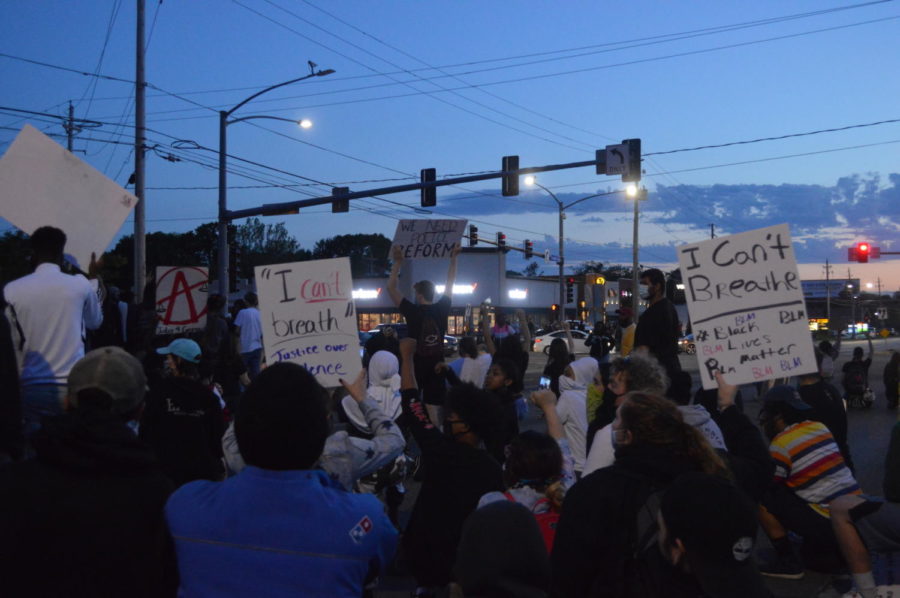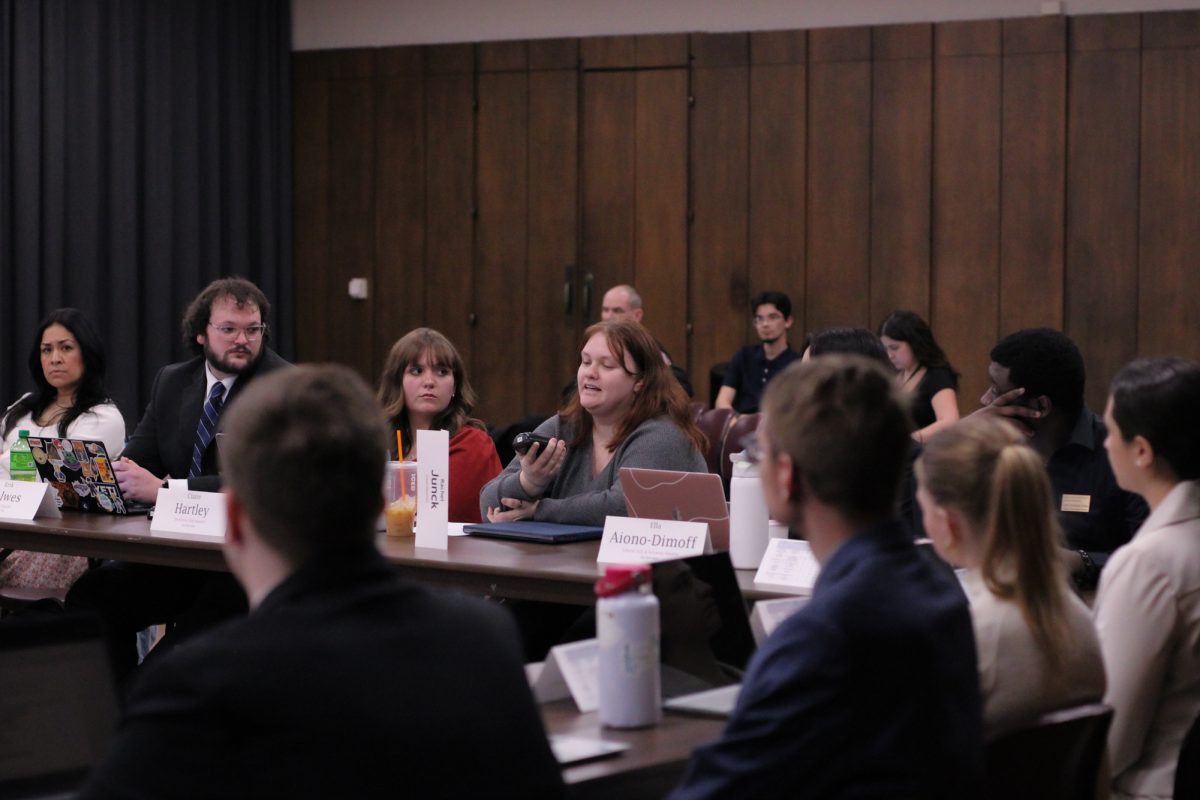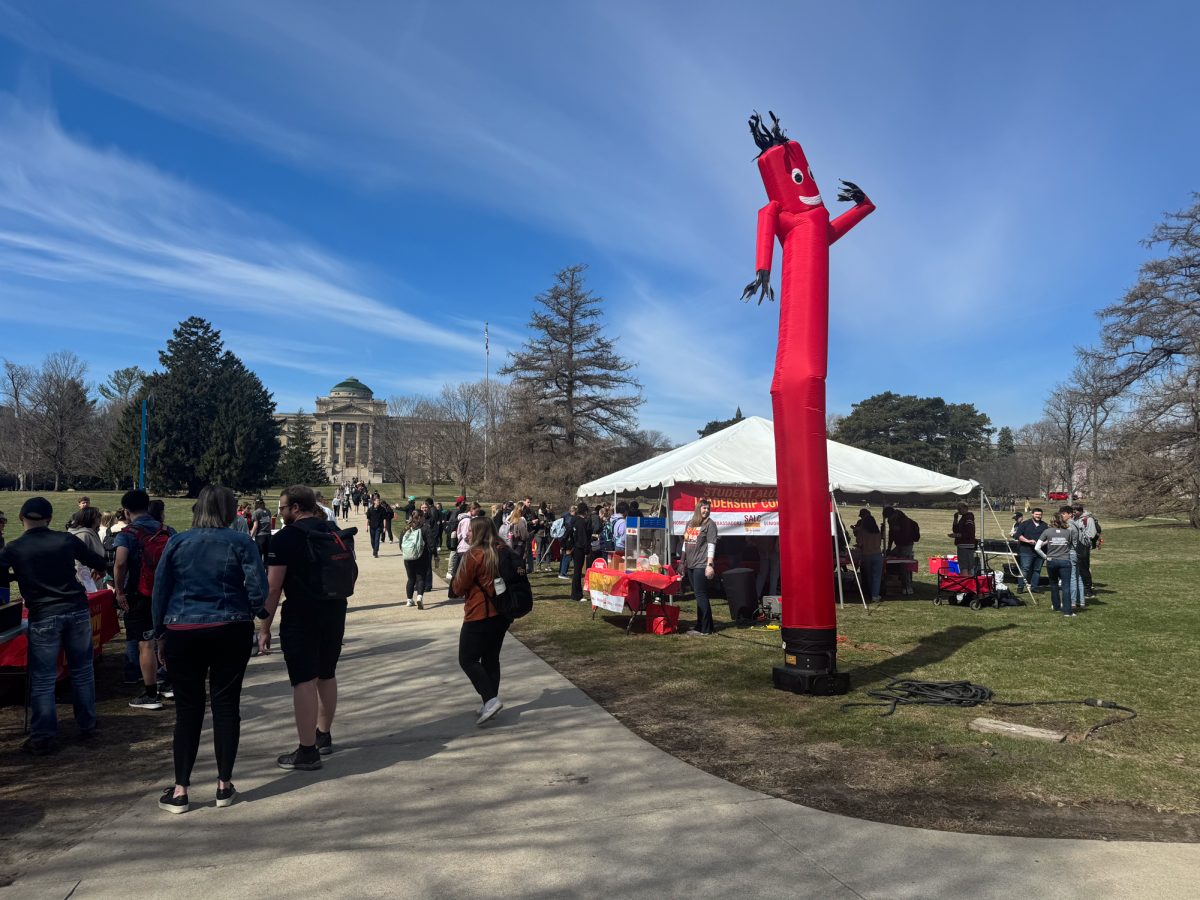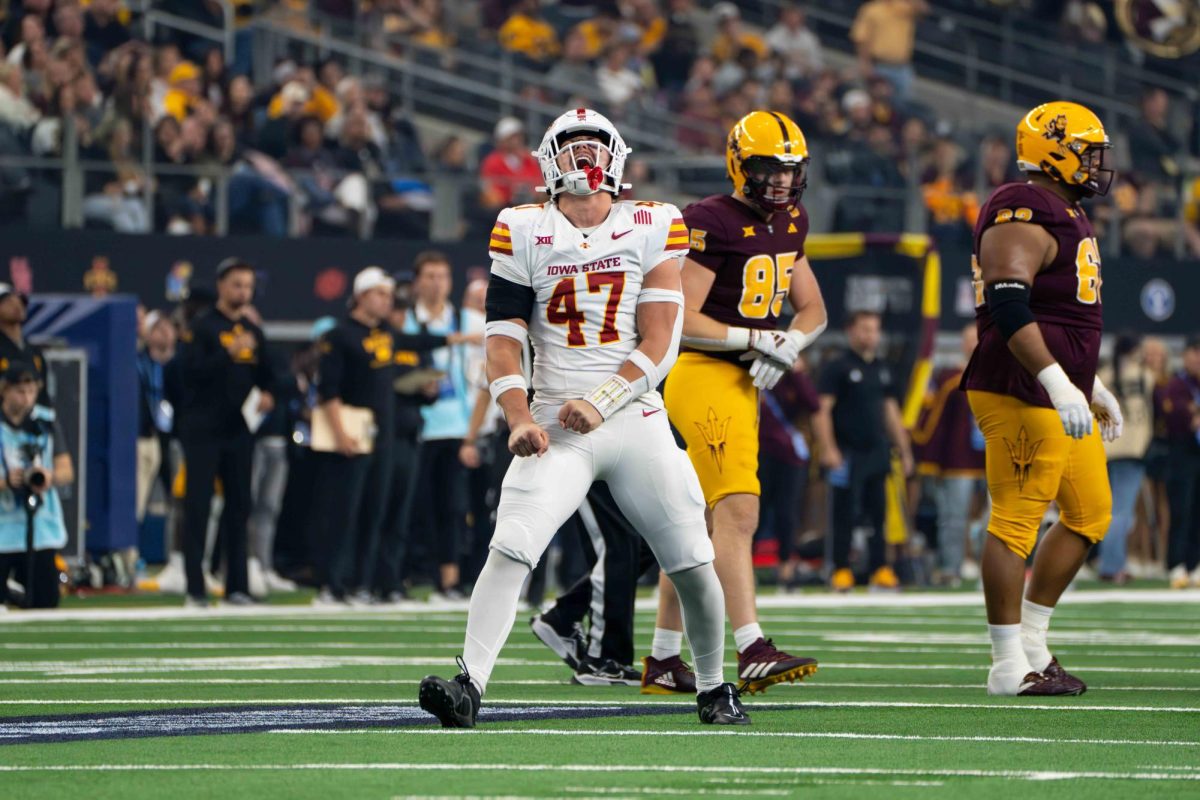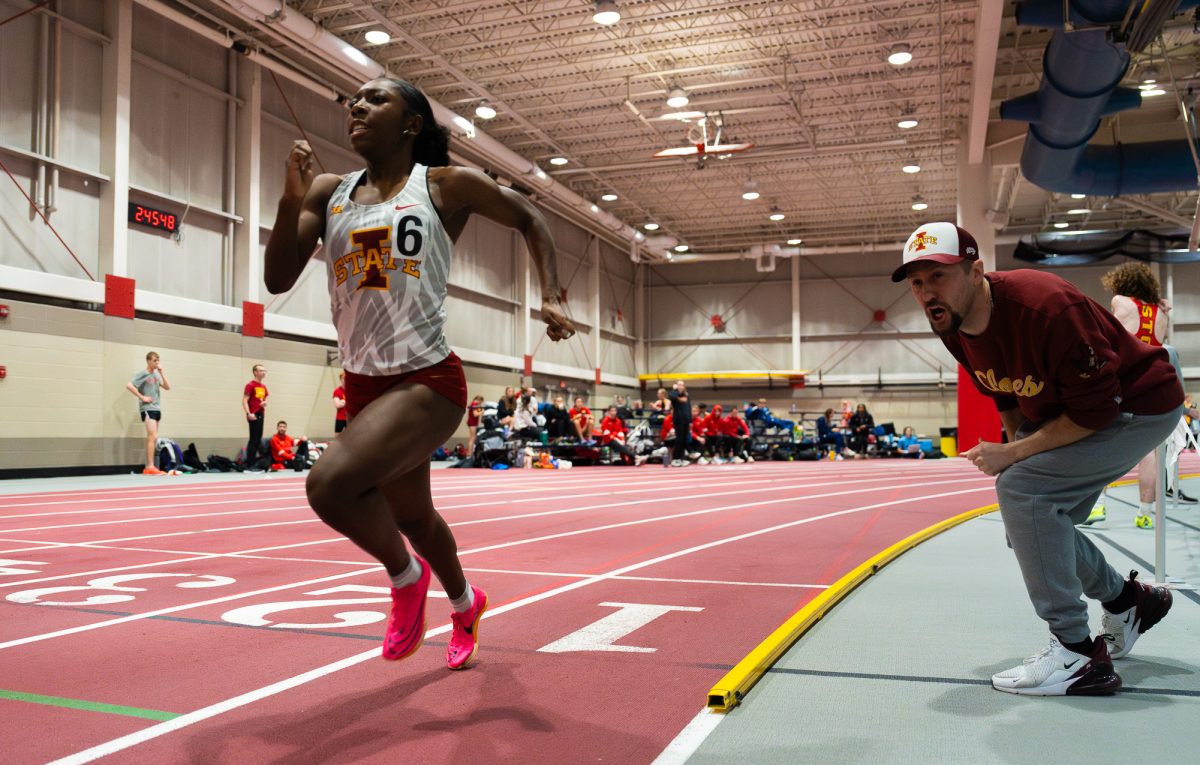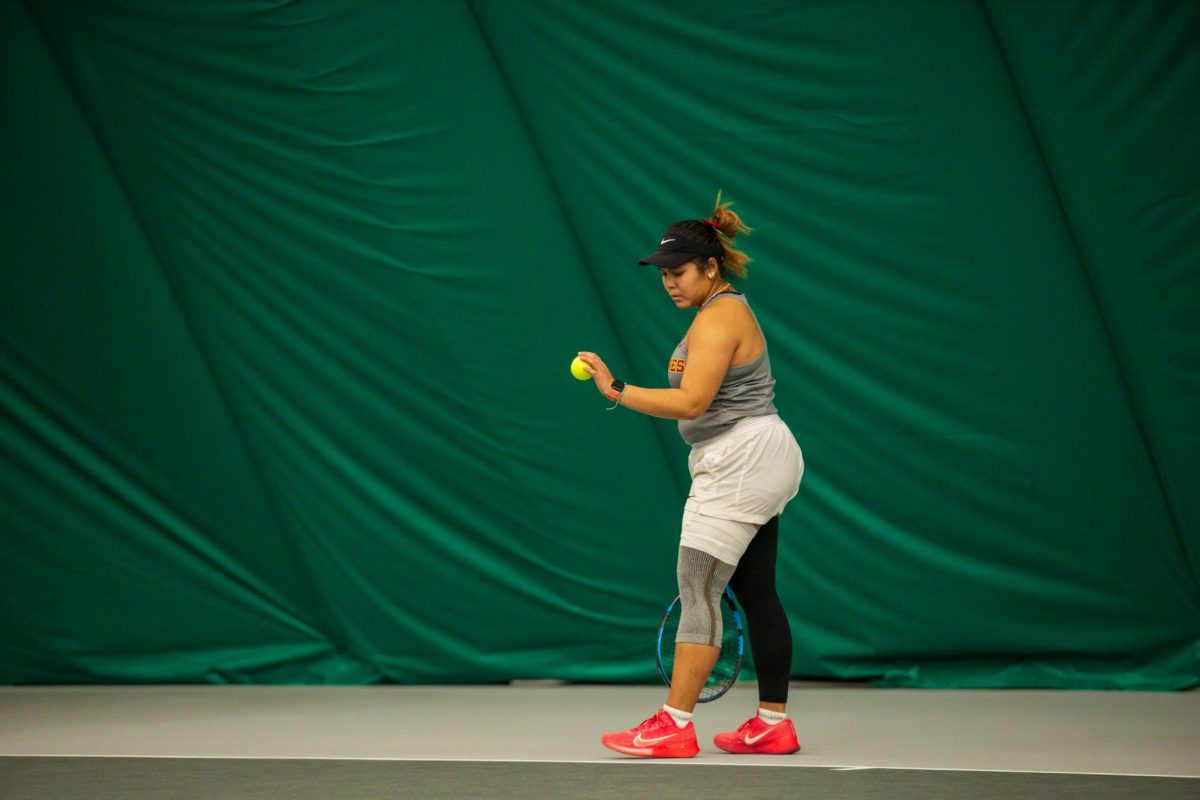How to prepare for a protest
During a night of protests in Des Moines, a group at Merle Hay Road and Douglas Avenue in Urbandale take a knee, encouraging Urbandale Police to do the same.
June 4, 2020
Many people all around the world are protesting the death of George Floyd not only to fight against police brutality, but to fight for the Black Lives Matter cause.
Following the death of Floyd, protests broke out all over the United States as well as in other places in the world such as France, England, Syria, Spain, Kenya and Australia.
However, some people have hesitated participating in these protests, due to their lack of knowledge of how to participate, what safety precautions to take and what their rights are.
Here some tips and information to know before going out to protest.
Prior to leaving to protest, those attending protests should educate themselves, according to Wired. Those going to a protest should not go without knowing what it is they’re fighting for. Don’t show up and ask someone there to educate, but rather do some personal research and study as much as possible — not only about the actions that are being protested, but the context around them.
Wired also included the concept of realizing who the protest is about, and how it relates to being an ally.
“It’s not your job to decide how things should go. It’s your job to show up and listen and be in support,” according to the article. “Deprioritizing yourself is an incredibly important part of the experience.If you aren’t black, you shouldn’t be speaking over black protesters. Think about that. Be prepared to amplify what others are saying. Be prepared to listen. If you aren’t comfortable with potentially physically intervening, shielding black protesters from police violence, and listening more than you speak, your efforts to be an ally are likely better spent elsewhere.”
Another way to prepare for a protest is mental preparation.
Protesting can be physically grueling and emotional taxing. During a protest protesters may experience feelings of sheer joy, or they might cry, get angry or get scared scared. They will likely experience all of the above. So in order to get ready for a protest, protesters should take the time to prepare themselves before heading out.
Now when getting ready to protest, an attendee needs to prepare what they should bring and what they should wear to not only protect themselves, but help others around them.
Packing items in a backpack or bag is essential when attending a protest, according to Wired.
Some items to include in a backpack would be high energy snacks like protein bars or nuts, some form of identification, a phone, a first aid kit filled with items to help with rubber bullet wounds or exposure to tear gas, cash in order to be untraceable by the authorities via debit or credit card and a power bank to charge devices throughout the time at the protest.
However, water is the most important thing to bring, according to Wired.
“There’s a good chance that your protest will include a march,” according to the article. “Temperatures are climbing across the country, and you’ll likely be chanting, so you need to pay attention to proper hydration. Carry drinking water. Bring the biggest bottle that you can fit in your bag. Water can also be used to clean wounds and flush the eyes of anyone who’s been hit with chemical gas or pepper spray.”
Another thing protesters have to take into consideration is what they are wearing to a protest, as well as items of clothing protesters should avoid wearing.
According to Bustle, protesters should wear non-discrete clothing that is durable, but also easy to run in, specifically recommending fabrics like denim. It is also recommended that attendees wear long pants and long sleeves, as weather permits, in order to not only protect them from the elements, but also in case of tripping, falling or dealing with excessive force from the police.
Another recommendation is wearing a hat of some sort, keeping your hair up so that it is not an identifier to the police. It is also encouraged to bring an extra pair of clothes in the case of chemical exposure.
Bustle also recommends wearing protective eyewear like glasses, sunglasses or goggles.
“Whether they are prescription glasses or sunglasses to shield your eyes from the sun, glasses of any kind are a solid protection from pepper spray, will help with tear gas, and act as a barrier if anything is physically thrown in your direction,” according to the article. “If you wear contacts, try to avoid that amid a protest, as sprays and gasses can get trapped between the lens and your eye, causing excessive pain.”
It is also recommended that protesters wear a face mask or bandana. The world is in a pandemic, and with COVID-19 cases still rising, virus safety regulations are still encouraged even though people are protesting. While sometimes walking shoulder-to-shoulder with others can’t be avoided, it is still recommended to wear a non-medical cloth face mask for personal protection and the protection of others.
Other recommendations include using Personal Protective Equipment (PPE) such as gloves, helmets, gas masks and or even bulletproof vests.
However, there are many things that protestors should avoid when protesting. Protesters are discouraged from wearing jewelry. Jewelry can be easily broken, caught on someone else’s clothing, or ripped off. It can also pose a health hazard.
It is encouraged to cover any tattoos took keep an anonymous identity.
Important information to know while protesting is also knowing one’s rights as a protester.
According to CNN, the First Amendment gives Americans the right to assemble peacefully and air our grievances. The government can’t stop people from peacefully protesting, but they can impose some restrictions on the time, place and manner of the protest — for example, barring protesters from walking onto a public highway or instituting a curfew that affects when protests end.
“However, they can’t block a protest simply because of its content, though,” according to the article by CNN. “The First Amendment does not continue to protect protests that escalate to violence or the destruction of private or public property, and that’s when law enforcement has the obligation to respond and deescalate threats of violence.”
As to where protesters can protest, public spaces such as sidewalks, city parks, streets and other public forums are usually lawful. However, some states require organizers to file a permit to block off streets, and the right to assembly doesn’t give you the automatic right to march on a public highway. On private property, protesters don’t have the right to assemble.
When it comes to whether or not local officials or police can force protestors to stop protesting, if a mayor pleads with people to go home, you have no legal obligation to comply. But the police and local government can order protesters to leave if they’ve imposed a curfew, as long as they give ample notice to leave safely. If protesters stay on the street past a curfew or if there is a protest on private property, this can be grounds for citation or arrests.
It is the responsibility of the police to protect the right to peaceful assembly.
“They’re also empowered to uphold law and order, which gives them broad authority to deescalate threats of violence how they see fit,” according to CNN. “How they deescalate that violence depends on local laws and the circumstances under which they use them, which can be difficult to prove in court if you believe they used force unlawfully.”
But police do not have the right to search protesters phones or personal devices without a warrant, which only a judge can grant them. They also don’t have permission to delete content from an attendee’s phone, according to CNN.
If a police officer is to stop someone attending the protests, it is encouraged for the attendee to stay calm and not resist.
Ask the officer if you’re free to go after speaking with them, and if they say yes, calmly walk away and rejoin the protest if it’s safe to, but if they say no and detain you, don’t resist, keep calm and ask what crime you’re suspected of committing.
If a protester does get arrested, it is recommended to not resist. Some people get arrested intentionally as a form of civil disobedience. But whether or not a protester plans to get handcuffed, they shouldn’t resist arrest, as it’s the best chance they have to stay safe. During an arrest, those being arrested have the right to remain silent. In some states, police are permitted to know the name of the person arrested if they ask, but they don’t have the right to know where they are from or their citizenship status.
If arrested, there are some resources for Iowans to use in the case of needing to make bail. The arrested protester can either call the Des Moines Mutual Aid Bail Fund at 515-218-1994, or they can have a friend or family member contact the Eastern Iowa Community Bond Project by texting 319-535-2209 or emailing info@communitybondproject.org. The friend or family member must to be prepared to provide the detained person’s full name, location being held, and bail amount.
Protests are not the only way to provide assistance during this time, there are other ways to help. The Black Lives Matter movement also provides a platform that leads to resources of petitions, organizations in need of donations, and educational tools.


